Moon exploration rovers from Lunar Zebro. What if you would use this?
In this series of articles, we take robot innovations from their test-lab and bring them to a randomly selected workplace in the outside world. We discovered that Lunar Zebro is not only good for risky endeavours on extraterrestrial terrains, but that these sturdy self-organising little rovers can also simplify the life of hardworking interior decorators.
‘Shoot for the moon’ is taken quite literally by this team of students and professors from TU Delft. “We want to make the exploration of the moon available for a wider audience”, says Pieter van Santvliet, partnerships coordinator at Lunar Zebro. “So we build the world’s smallest and lightest rover.”
And what is the key to making a robust space vehicle as simple and cheap as possible? Korneel Somers, the team’s content creator, says: “The key is to not focus on one thing, but to create an entire system of collaborations”.
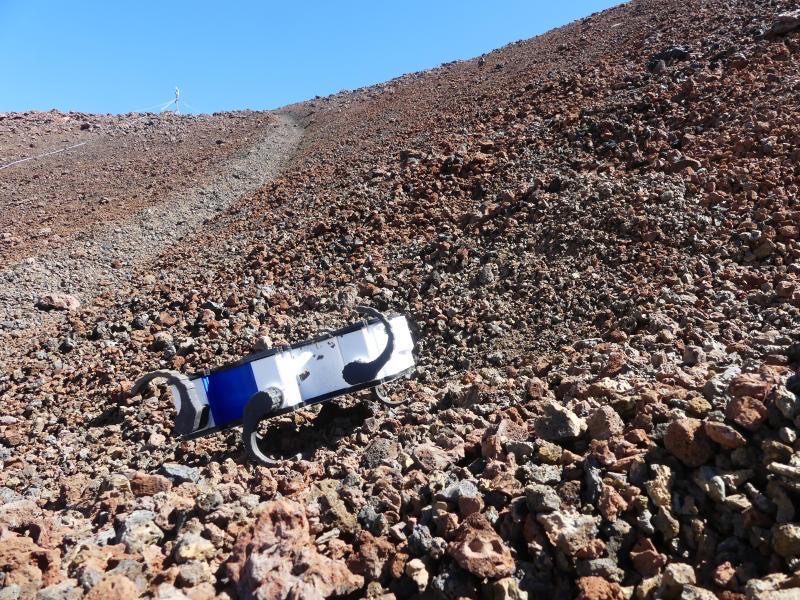
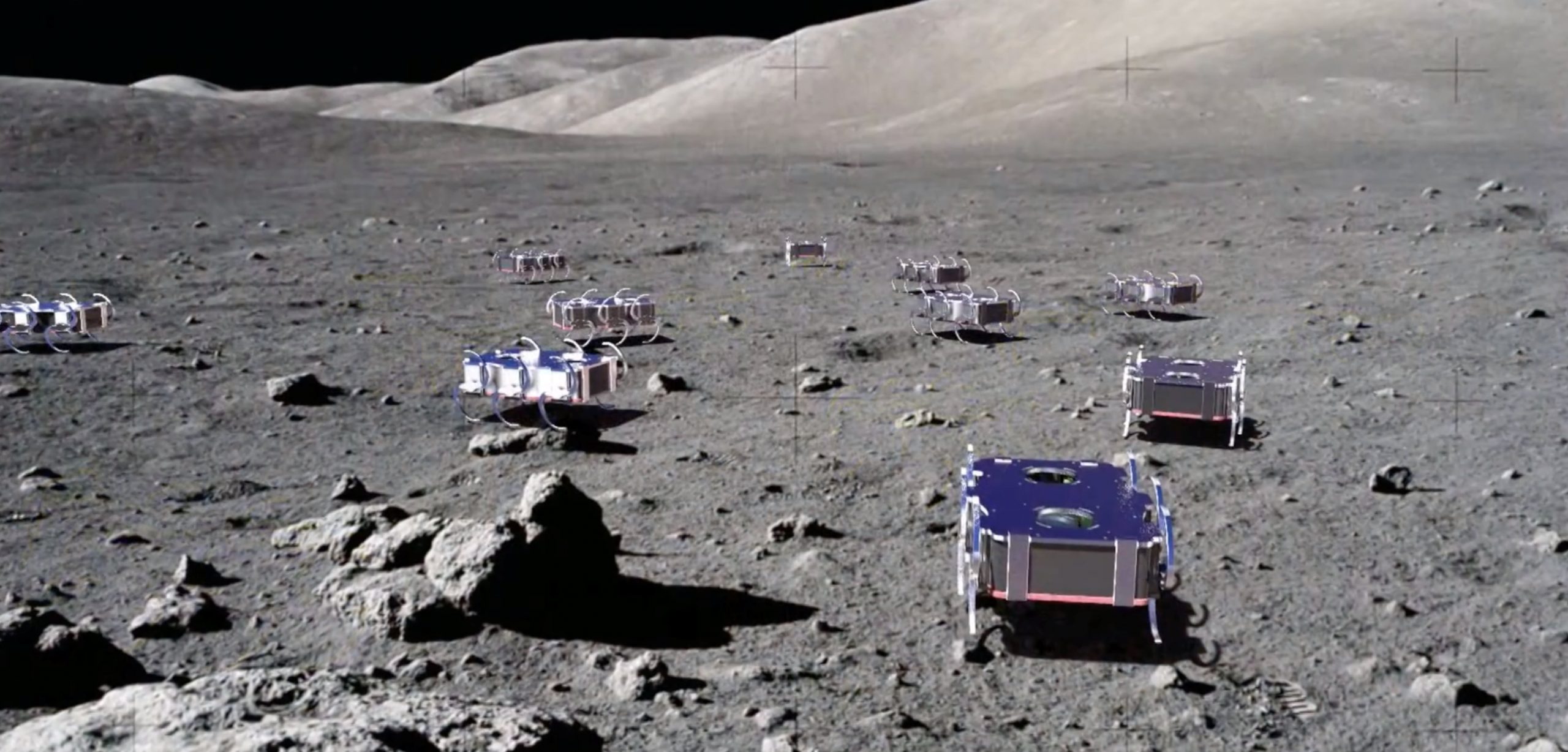
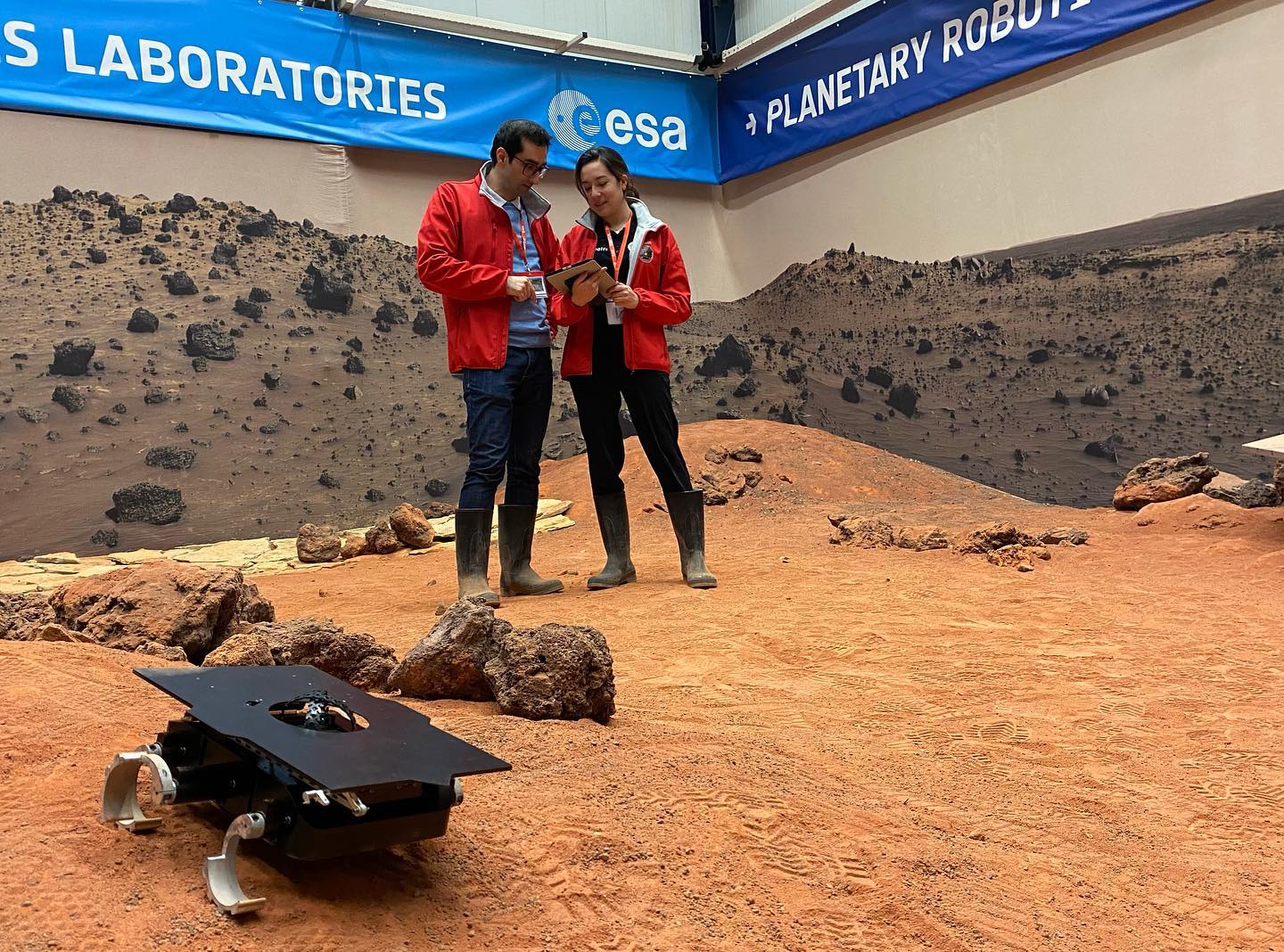
Genius steals and this project is always looking for existing robotic innovations to combine and improve upon. Zebro’s distinctive C-shaped legs were sourced in this way. These plastic half-circles rotate over the highest point in the C, enabling the robot to take little steps on uneven terrain. The Lunar Zebro Legs Team coordinates these 6 identical parts with a special algorithm, resulting in a walking motion. Other teams are Team Thermal, Team Body, Team Power and so on.
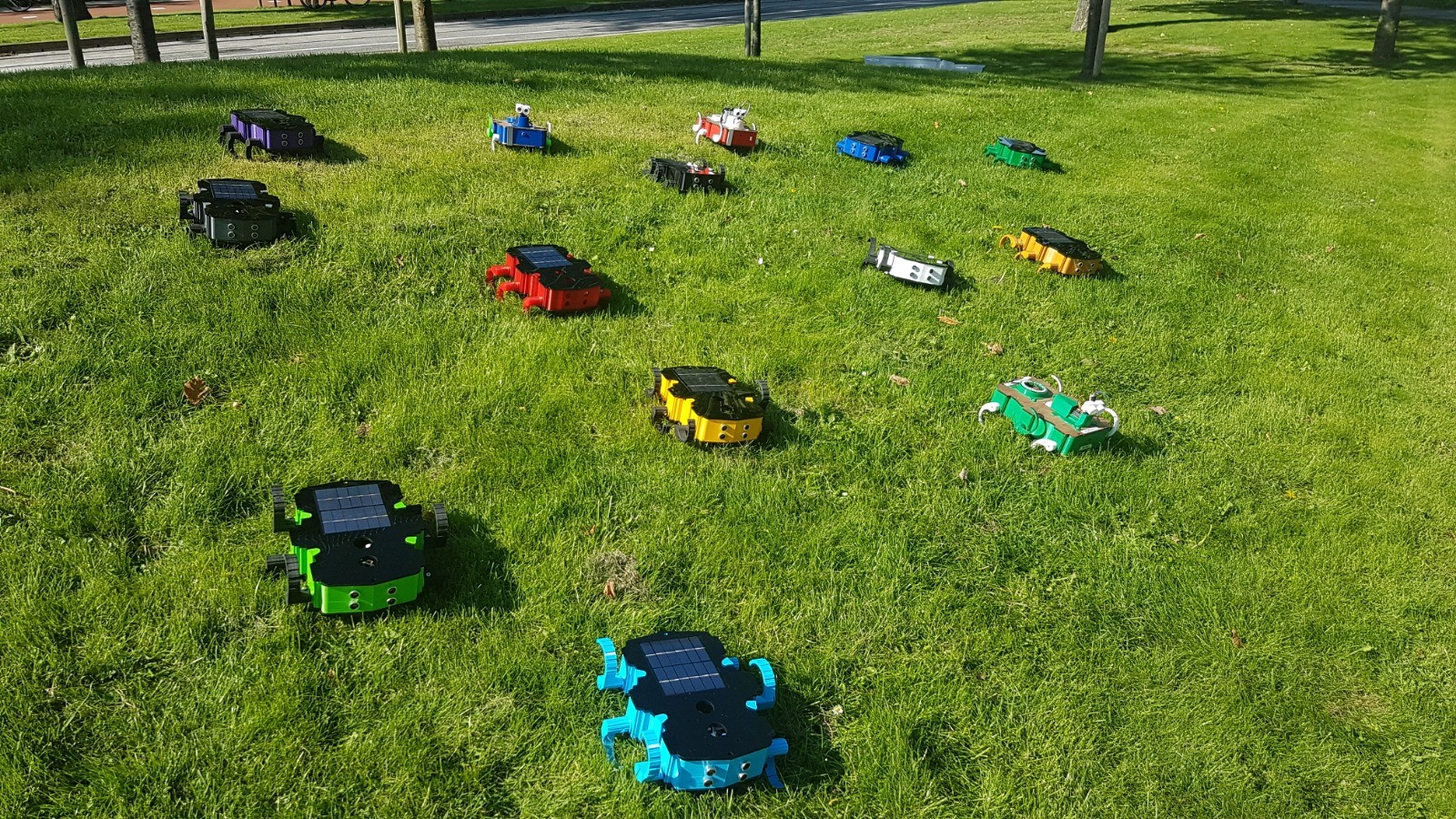
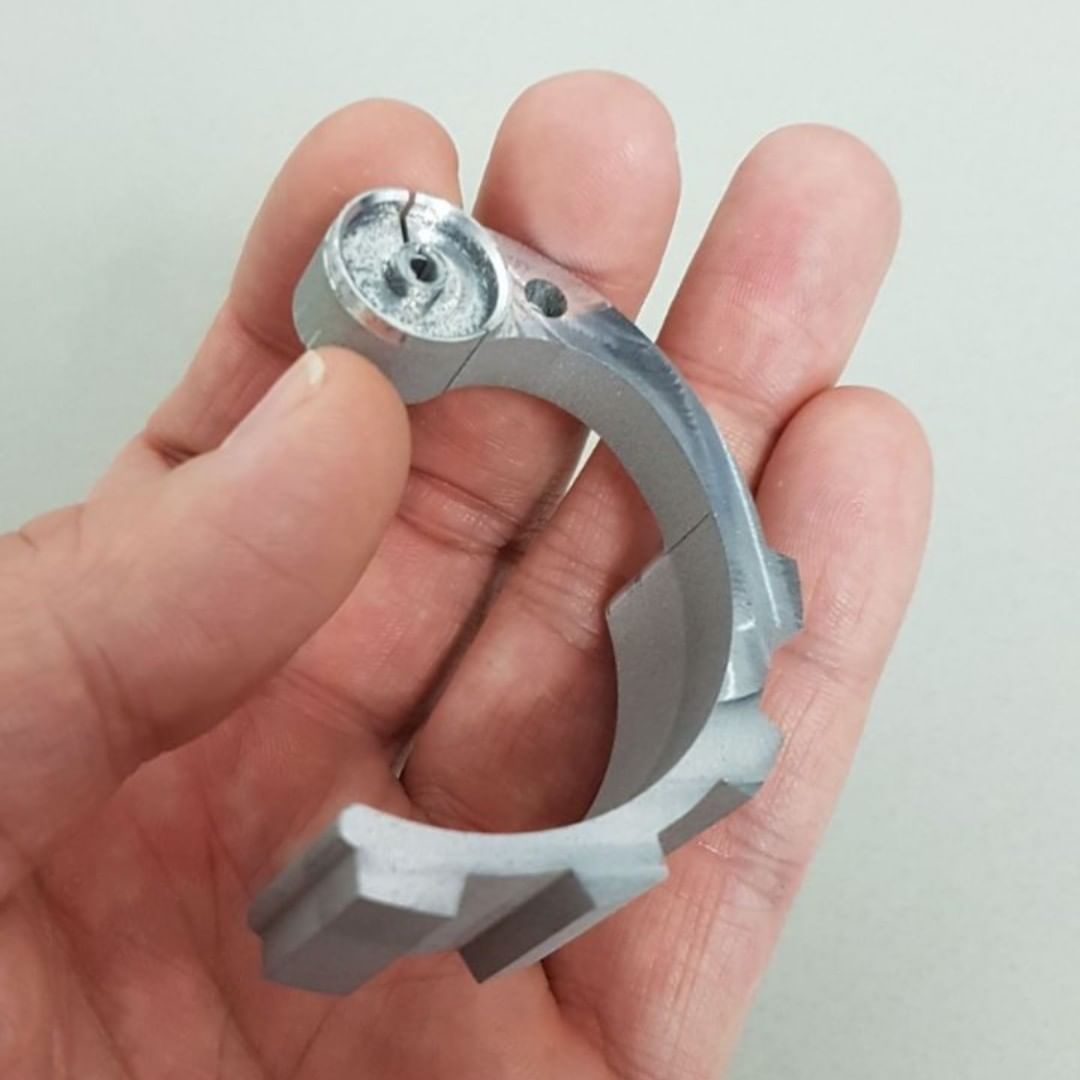

The power of the concept manifests itself through the collective. Individually, the rovers have a simple design and are highly customisable. But collectively, they can in theory accomplish complex tasks. Zebros can work in a swarm, each robot making autonomous spur-of-the-moment decisions while the collective is achieving a common goal. And because they are cheap, losing one robot is not the end of the mission.
Sounds good. Current space missions are expensive and therefore highly focused. Affordable robots could open up moon exploration to a much wider range of research projects. Imagine we let rovers swarm the moon’s far side (the quietest radio location near Earth), to look for cosmic signals from intelligent life. Also, the extremely harsh conditions on the moon challenges Lunar Zebro students to become exceptional engineers.
But we are also curious what the Zebros may do on planet earth. Like all inventions, they will surely pop-up in unexpected places. To catch a glimpse of a possible future, we asked a professional decorator: “What would happen if you would use this?”
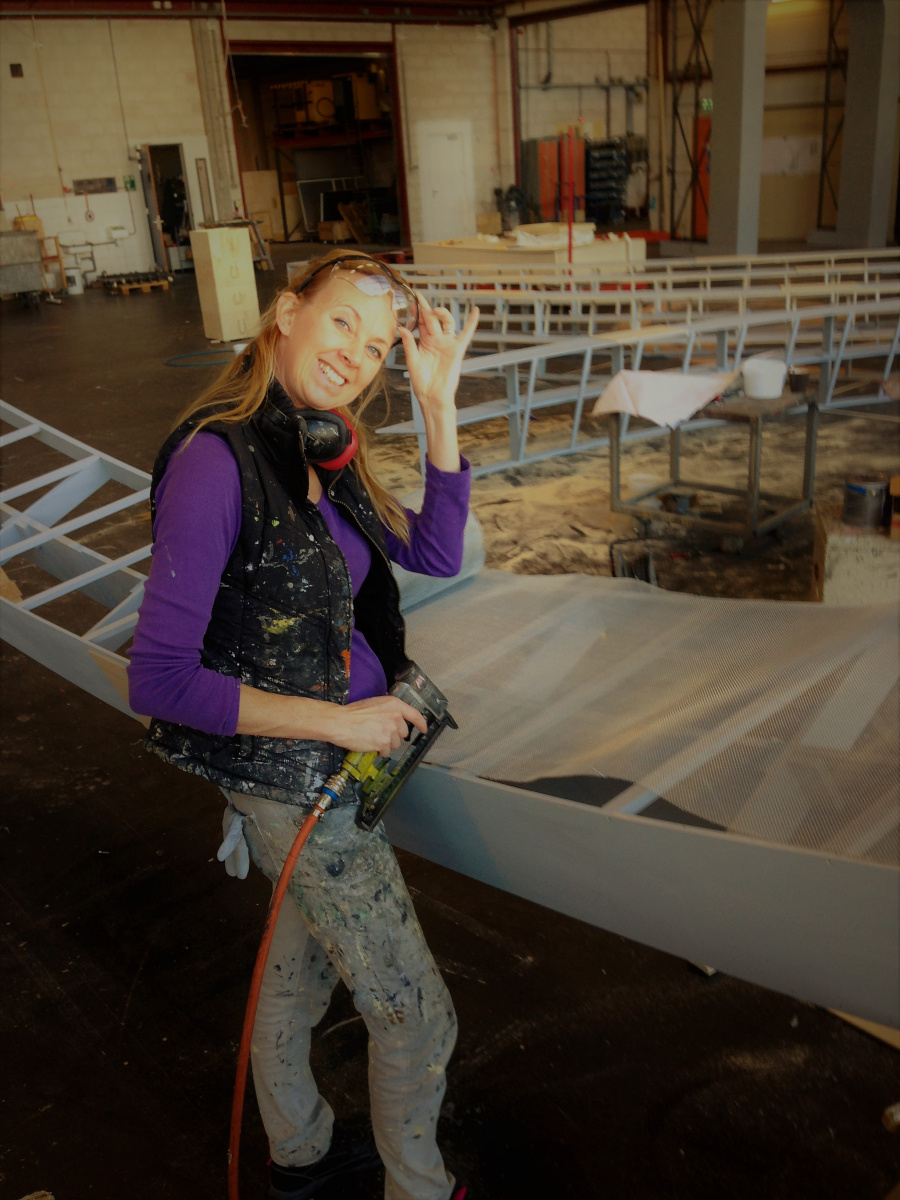
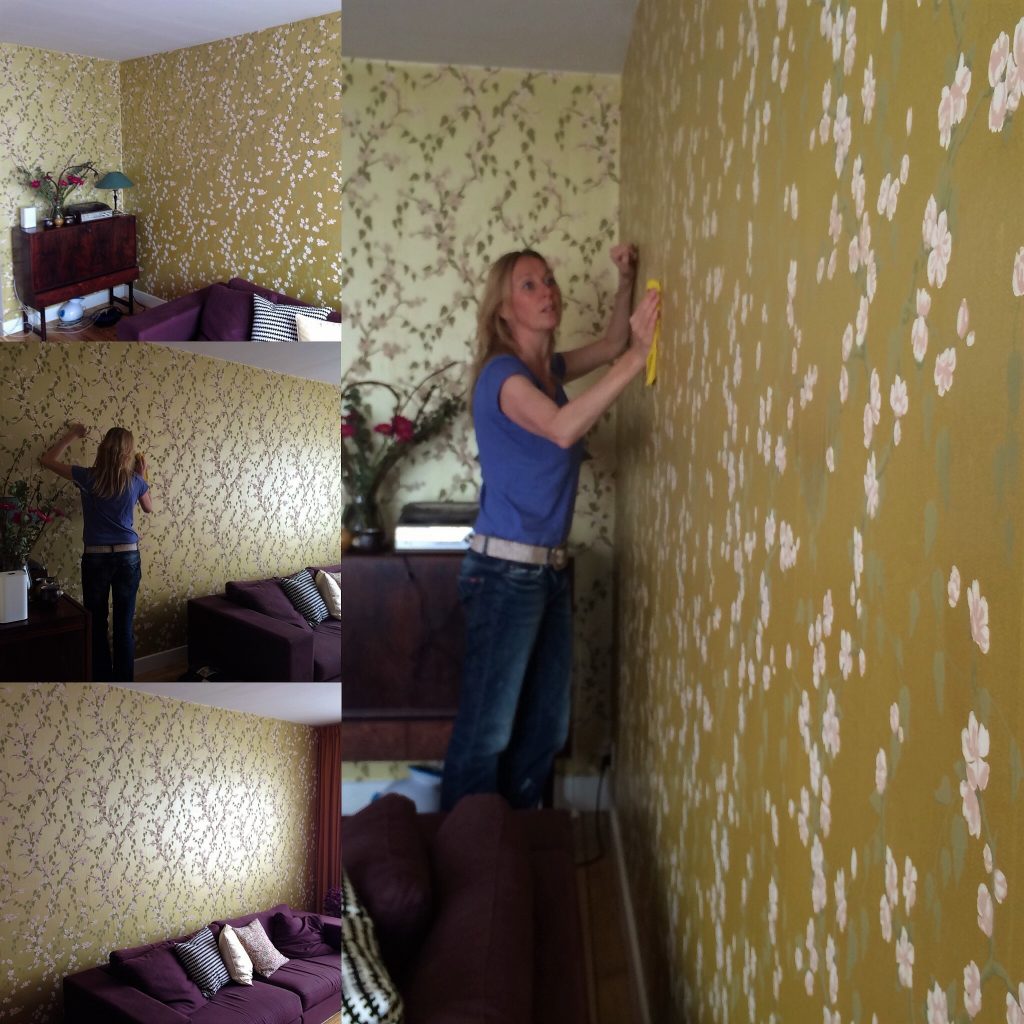
Meet Selma van Gent. An inspiring professional who works as a decorator and interior designer. Which means she builds decors, is trained in decorative painting and is an expert in hanging wall paper. She first tells us she is “anti-computer and actually anti-anything-technological”. But then she sees the Zebros and starts exploring the possibilities of these little machines, and her ideas keep flowing.
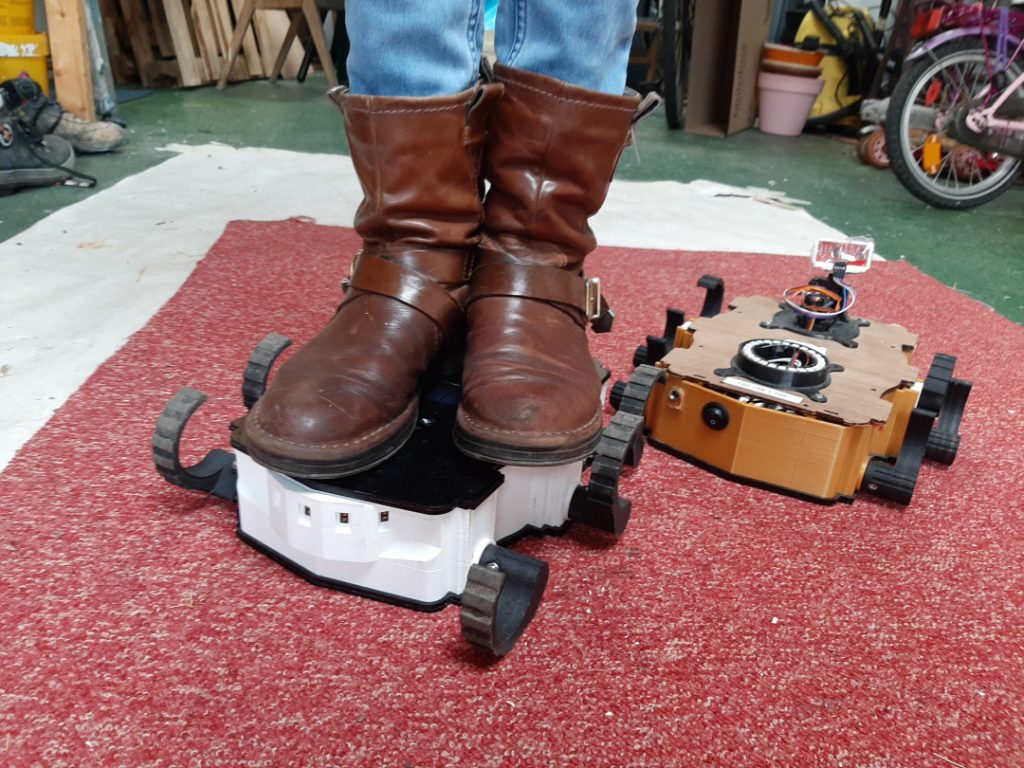
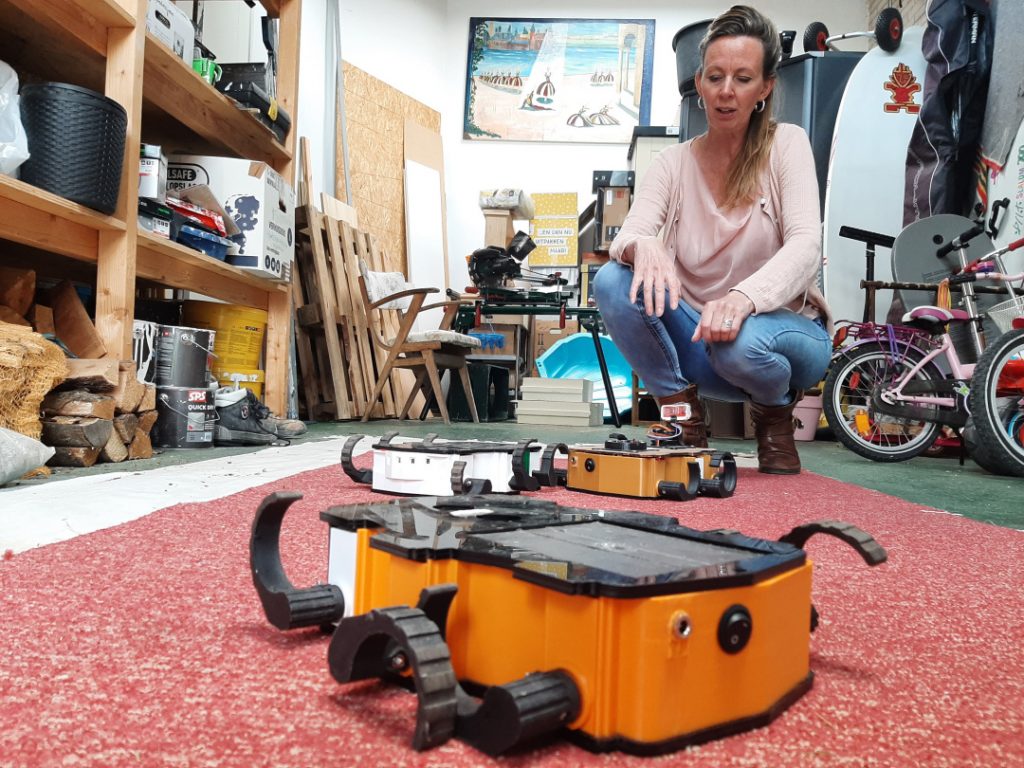
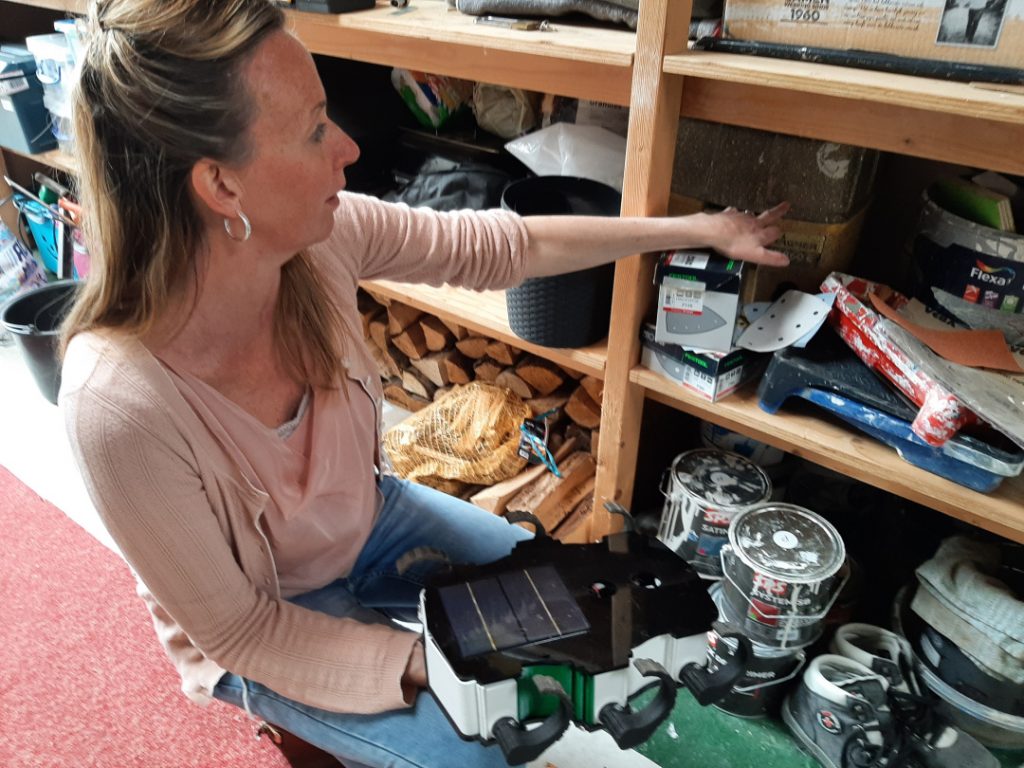
Mapping the building site
“When I build something on-site, I have to take into account everything about the entire space”, she explains. “I have to measure distances and corners, estimate what sound does, how high things can be. Sometimes I get bogged down in details.” With a legion of Zebros at her command, Selma could just send them out to map the physical dimensions of the place, while she looks at the overall picture.
Intelligent robotic scaffolding
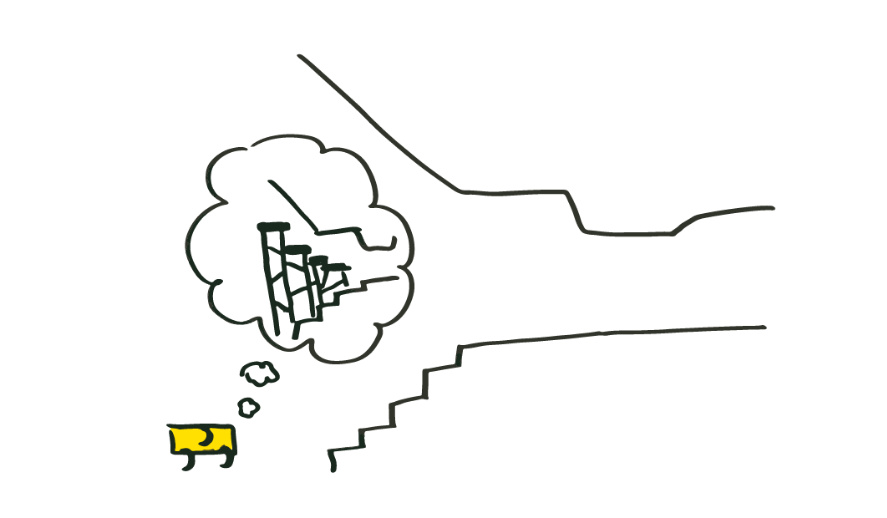
When she does paper hanging, Selma usually needs a structure to stand on. This scaffolding must be sturdy and safe, but also perfectly tailored so every wall is within reach. It often takes endless tinkering to get it just right. If Zebro rovers would be strong enough, and able to crawl on top of each other and interlock, a swarm of Zebros could be a wonderful self-constructing scaffold says Selma: “If they can analyse the required heights and combine these with my preferences, they could make the entire structure without me. That would be such a relief.”
Always bring me the right tools for the job
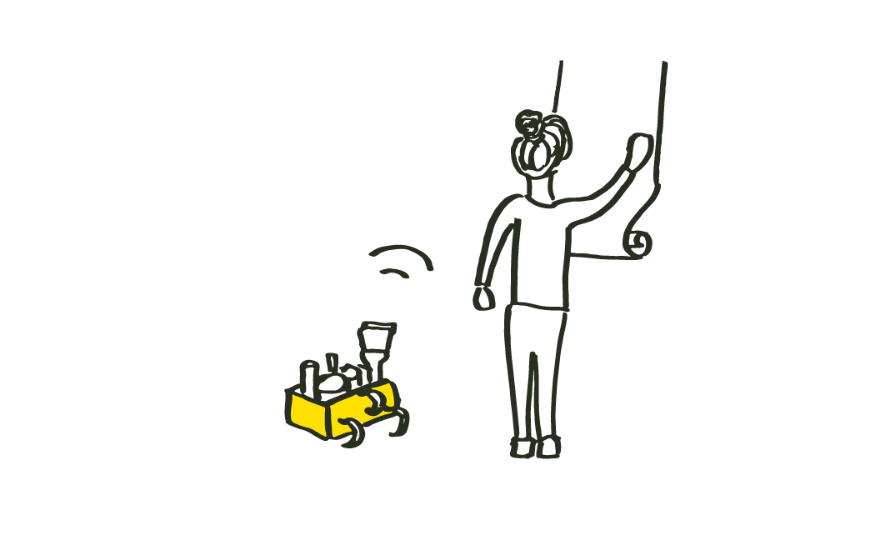
Our handy-woman can do all kinds of jobs, and she is blessed with all kinds of tools. Sometimes this blessing becomes a curse. When Selma is painting on Tuesday, and on Wednesday hanging wall-paper, and making props on Thursday, there are so many changes that she doesn’t always have all the right tools with her in the van. “I would tell the rovers what job I had today and they would know which tools I would need,” she says. “And they would stock the van for me and then always bring me the right tools for the job.” This would save a lot of headspace and allow Selma to focus on what she likes to do most.
These cheap robots are now made to explore the moon and withstand the harsh environment of space, but who knows what the future holds? Maybe they will eventually land on planet earth: in the creative spaces of professional decoration.
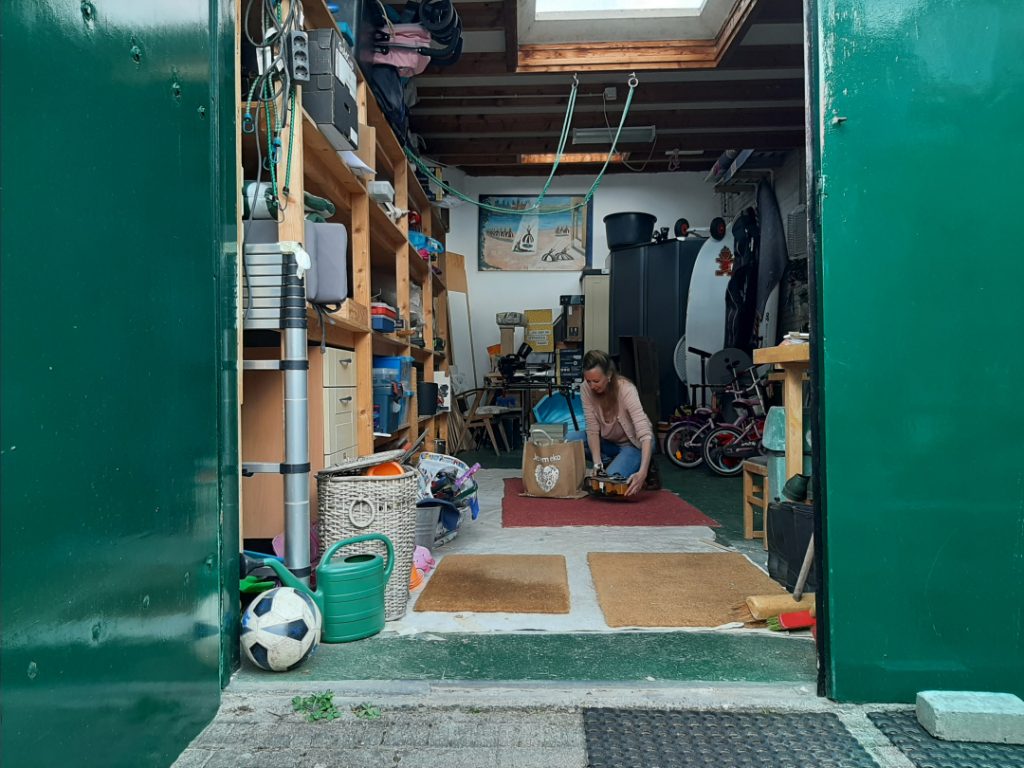
The post Moon exploration rovers from Lunar Zebro – What if you would use this? appeared first on RoboValley.
10 Different Options For Controlling Linear Actuators
Cognitive neuroscience could pave the way for emotionally intelligent robots
Technique enhances robot battlefield operations
Origami based tires can change shape while a vehicle is moving
Vision test for autonomous cars
Researchers develop a robotic guide dog to assist blind individuals
Emphasis on Quality Control Has Retail Distribution Centers Looking Like Automated Factories
An AR interface to assist human agents during critical missions
As the use of robotics and automation increases, so too does the need to protect these valuable assets.
Navigating beneath the Arctic ice

By Mary Beth Gallagher | Department of Mechanical Engineering
There is a lot of activity beneath the vast, lonely expanses of ice and snow in the Arctic. Climate change has dramatically altered the layer of ice that covers much of the Arctic Ocean. Areas of water that used to be covered by a solid ice pack are now covered by thin layers only 3 feet deep. Beneath the ice, a warm layer of water, part of the Beaufort Lens, has changed the makeup of the aquatic environment.
For scientists to understand the role this changing environment in the Arctic Ocean plays in global climate change, there is a need for mapping the ocean below the ice cover.
A team of MIT engineers and naval officers led by Henrik Schmidt, professor of mechanical and ocean engineering, is trying to understand environmental changes, their impact on acoustic transmission beneath the surface, and how these changes affect navigation and communication for vehicles traveling below the ice.
“Basically, what we want to understand is how does this new Arctic environment brought about by global climate change affect the use of underwater sound for communication, navigation, and sensing?” explains Schmidt.
To answer this question, Schmidt traveled to the Arctic with members of the Laboratory for Autonomous Marine Sensing Systems (LAMSS) including Daniel Goodwin and Bradli Howard, graduate students in the MIT-Woods Hole Oceanographic Institution Joint Program in oceanographic engineering.
With funding from the Office of Naval Research, the team participated in ICEX — or Ice Exercise — 2020, a three-week program hosted by the U.S. Navy, where military personnel, scientists, and engineers work side-by-side executing a variety of research projects and missions.
A strategic waterway
The rapidly changing environment in the Arctic has wide-ranging impacts. In addition to giving researchers more information about the impact of global warming and the effects it has on marine mammals, the thinning ice could potentially open up new shipping lanes and trade routes in areas that were previously untraversable.
Perhaps most crucially for the U.S. Navy, understanding the altered environment also has geopolitical importance.
“If the Arctic environment is changing and we don’t understand it, that could have implications in terms of national security,” says Goodwin.
Several years ago, Schmidt and his colleague Arthur Baggeroer, professor of mechanical and ocean engineering, were among the first to recognize that the warmer waters, part of the Beaufort Lens, coupled with the changing ice composition, impacted how sound traveled in the water.
To successfully navigate throughout the Arctic, the U.S. Navy and other entities in the region need to understand how these changes in sound propagation affect a vehicle’s ability to communicate and navigate through the water.
Using an unpiloted, autonomous underwater vehicle (AUV) built by General Dynamics-Mission Systems (GD-MS), and a system of sensors rigged on buoys developed by the Woods Hole Oceanographic Institution, Schmidt and his team, joined by Dan McDonald and Josiah DeLange of GD-MS, set out to demonstrate a new integrated acoustic communication and navigation concept.
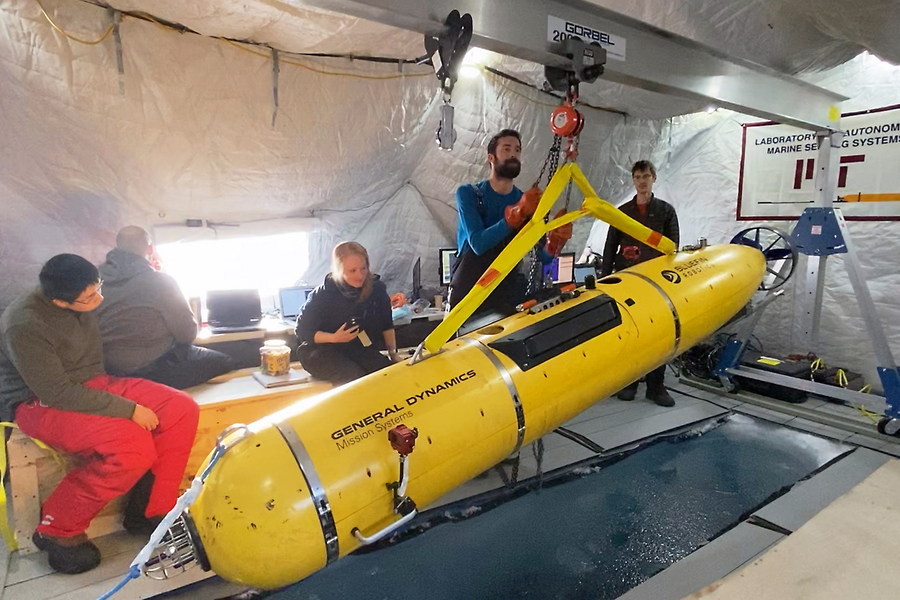
The framework, which was also supported and developed by LAMSS members Supun Randeni, EeShan Bhatt, Rui Chen, and Oscar Viquez, as well as LAMSS alumnus Toby Schneider of GobySoft LLC, would allow vehicles to travel through the water with GPS-level accuracy while employing oceanographic sensors for data collection.
“In order to prove that you can use this navigational concept in the Arctic, we have to first ensure we fully understand the environment that we’re operating in,” adds Goodwin.
Understanding the environment below
After arriving at the Arctic Submarine Lab’s ice camp last spring, the research team deployed a number of conductivity-temperature-depth probes to gather data about the aquatic environment in the Arctic.
“By using temperature and salinity as a function of depth, we calculate the sound speed profile. This helps us understand if the AUV’s location is good for communication or bad,” says Howard, who was responsible for monitoring environmental changes to the water column throughout ICEX.
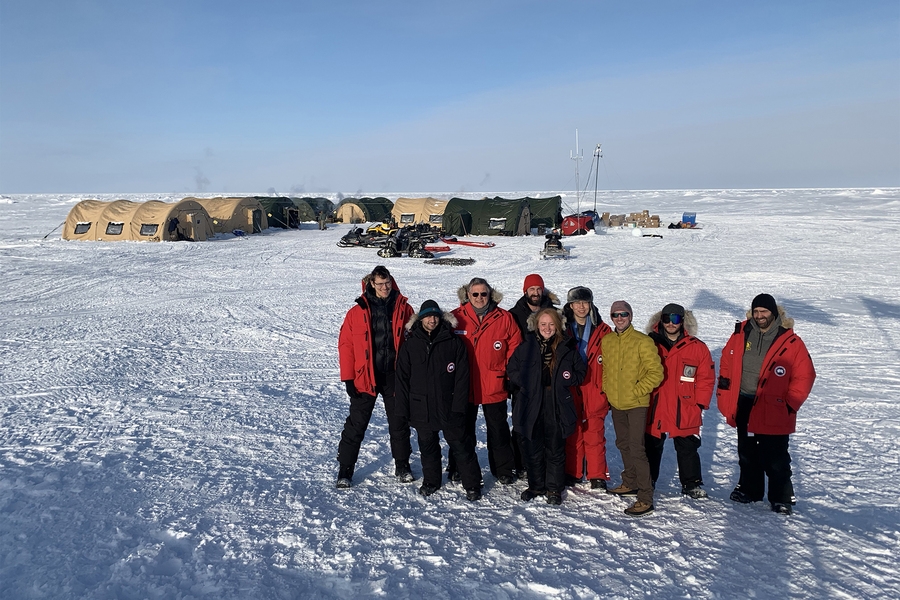
Because of the way sound bends in water, through a concept known as Snell’s Law, sine-like pressure waves collect in some parts of the water column and disperse in others. Understanding the propagation trajectories is key to predicting good and bad locations for the AUV to operate.
To map the areas of the water with optimal acoustic properties, Howard modified the traditional signal-to-noise-ratio (SNR) by using a metric known as the multi-path penalty (MPP), which penalizes areas where the AUV receives echoes of the messages. As a result, the vehicle prioritizes operations in areas with less reverb.
These data allowed the team to identify exactly where the vehicle should be positioned in the water column for optimal communications which results in accurate navigation.
While Howard gathered data on how the characteristics of the water impact acoustics, Goodwin focused on how sound is projected and reflected off the ever-changing ice on the surface.
To get these data, the AUV was outfitted with a device that measured the motion of the vehicle relative to the ice above. That sound was picked up by several receivers attached to moorings hanging from the ice.
The data from the vehicle and the receivers were then used by the researchers to compute exactly where the vehicle was at a given time. This location information, together with the data Howard gathered on the acoustic environment in the water, offer a new navigational concept for vehicles traveling in the Arctic Sea.
Protecting the Arctic
After a series of setbacks and challenges due to the unforgiving conditions in the Arctic, the team was able to successfully prove their navigational concept worked. Thanks to the team’s efforts, naval operations and future trade vessels may be able to take advantage of the changing conditions in the Arctic to maximize navigational accuracy and improve underwater communications.
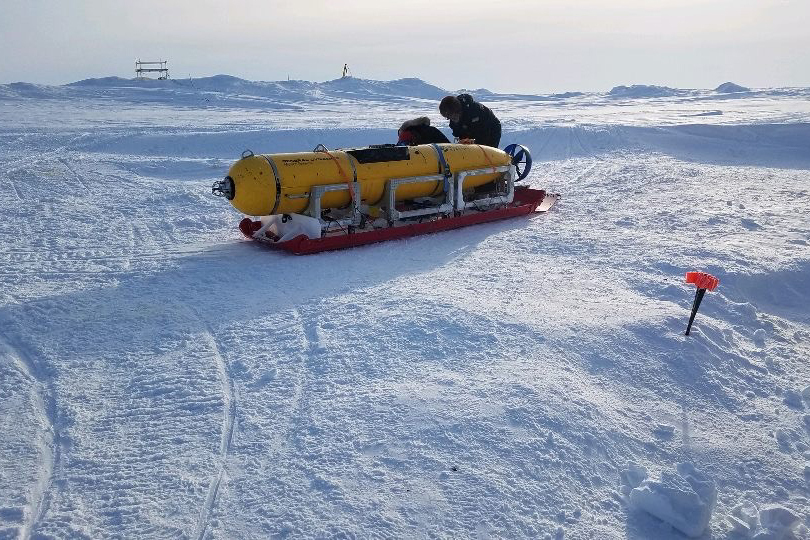
“Our work could improve the ability for the U.S. Navy to safely and effectively operate submarines under the ice for extended periods,” Howard says.
Howard acknowledges that in addition to the changes in physical climate, the geopolitical climate continues to change. This only strengthens the need for improved navigation in the Arctic.
“The U.S. Navy’s goal is to preserve peace and protect global trade by ensuring freedom of navigation throughout the world’s oceans,” she adds. “The navigational concept we proved during ICEX will serve to help the Navy in that mission.”
Simple robots, smart algorithms
ManipulaTHOR: a framework for visual object manipulation
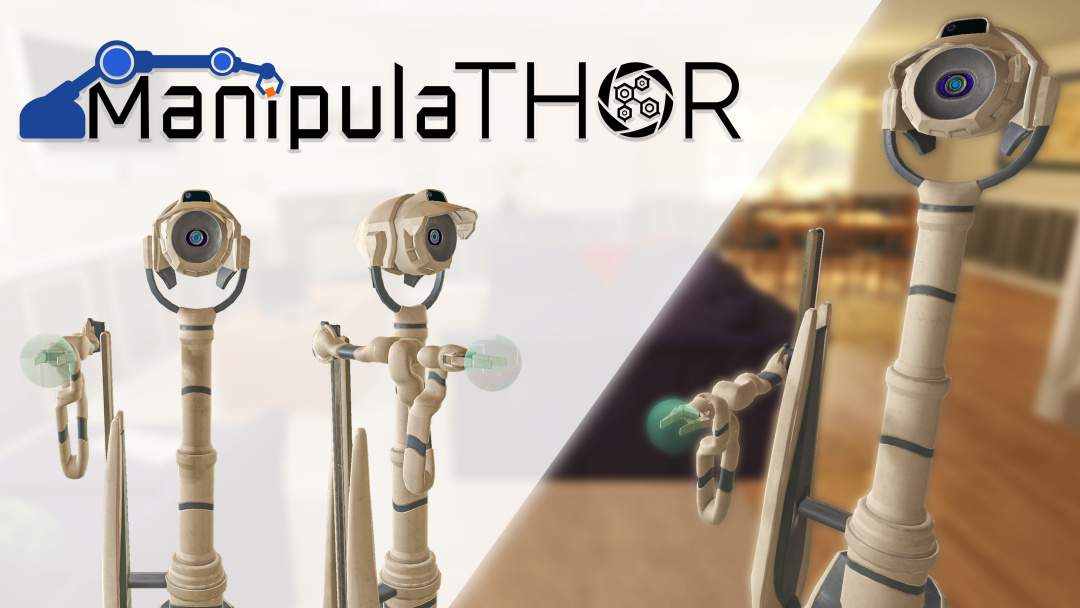
The Allen Institute for AI (AI2) announced the 3.0 release of its embodied artificial intelligence framework AI2-THOR, which adds active object manipulation to its testing framework. ManipulaTHOR is a first of its kind virtual agent with a highly articulated robot arm equipped with three joints of equal limb length and composed entirely of swivel joints to bring a more human-like approach to object manipulation.
AI2-THOR is the first testing framework to study the problem of object manipulation in more than 100 visually rich, physics-enabled rooms. By enabling the training and evaluation of generalized capabilities in manipulation models, ManipulaTHOR allows for much faster training in more complex environments as compared to current real-world training methods, while also being far safer and more cost-effective.
“Imagine a robot being able to navigate a kitchen, open a refrigerator and pull out a can of soda. This is one of the biggest and yet often overlooked challenges in robotics and AI2-THOR is the first to design a benchmark for the task of moving objects to various locations in virtual rooms, enabling reproducibility and measuring progress,” said Dr. Oren Etzioni, CEO at AI2. “After five years of hard work, we can now begin to train robots to perceive and navigate the world more like we do, making real-world usage models more attainable than ever before.”
Despite being an established research area in robotics, the visual reasoning aspect of object manipulation has consistently been one of the biggest hurdles researchers face. In fact, it’s long been understood that robots struggle to correctly perceive, navigate, act, and communicate with others in the world. AI2-THOR solves this problem with complex simulated testing environments that researchers can use to train robots for eventual activities in the real world.
With the pioneering of embodied AI through AI2-THOR, the landscape has changed for the common good. AI2-THOR enables researchers to efficiently devise solutions that address the object manipulation issue, and also other traditional problems associated with robotics testing.
“In comparison to running an experiment on an actual robot, AI2-THOR is incredibly fast and safe,” said Roozbeh Mottaghi, Research Manager at AI2. “Over the years, AI2-THOR has enabled research on many different tasks such as navigation, instruction following, multi-agent collaboration, performing household tasks, reasoning if an object can be opened or not. This evolution of AI2-THOR allows researchers and scientists to scale the current limits of embodied AI.”
In addition to the 3.0 release, the team is hosting the RoboTHOR Challenge 2021 in conjunction with the Embodied AI Workshop at this year’s Conference on Computer Vision and Pattern Recognition (CVPR). AI2’s challenges cover RoboTHOR object navigation; ALFRED (instruction following robots); and Room Rearrangement.
To read AI2-THOR’s ManipulaTHOR paper: ai2thor.allenai.org/publications